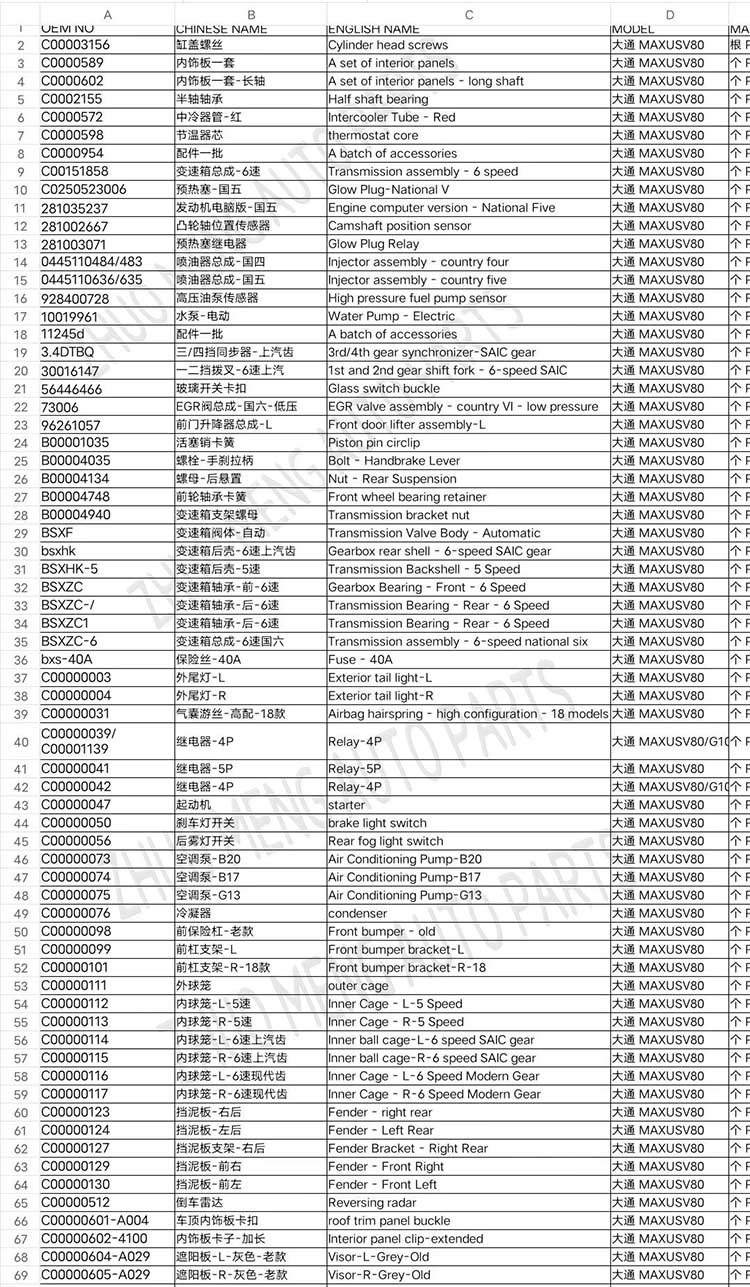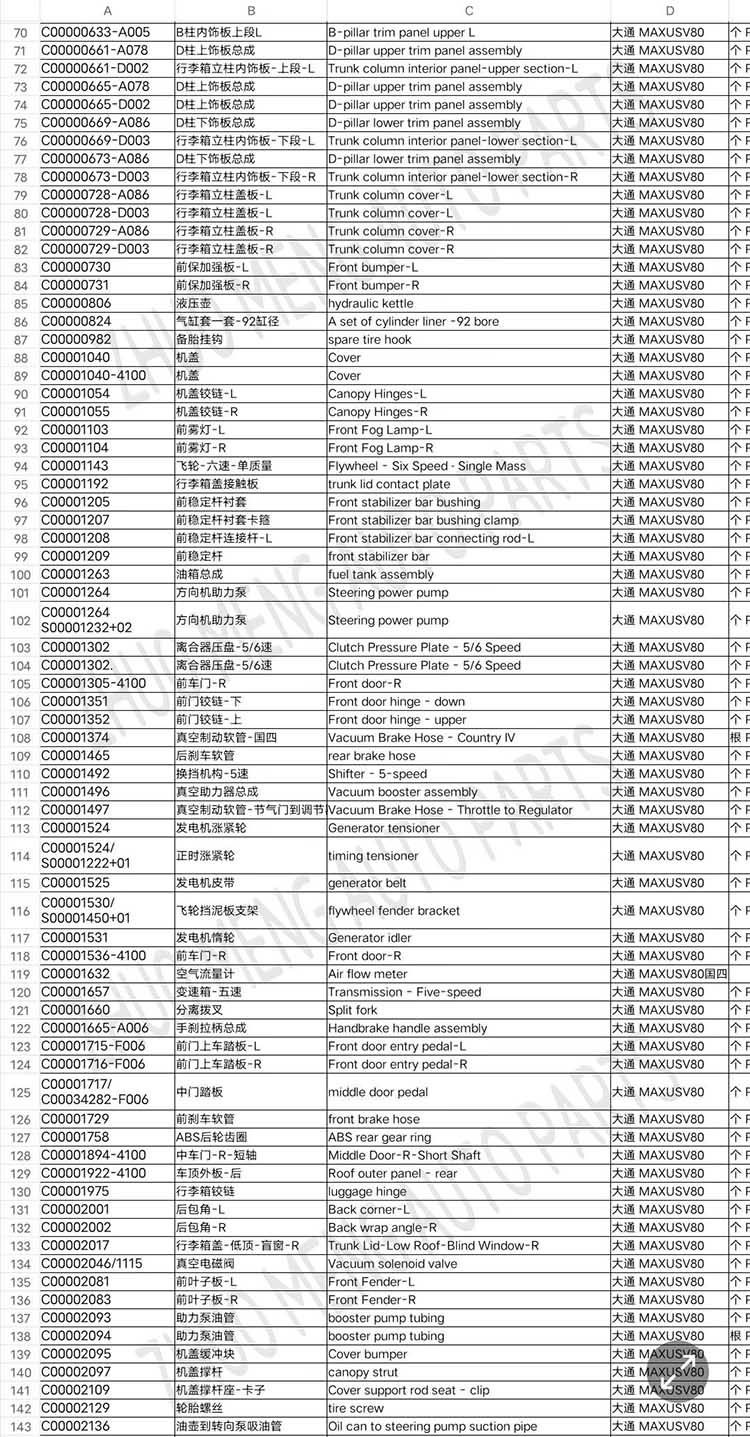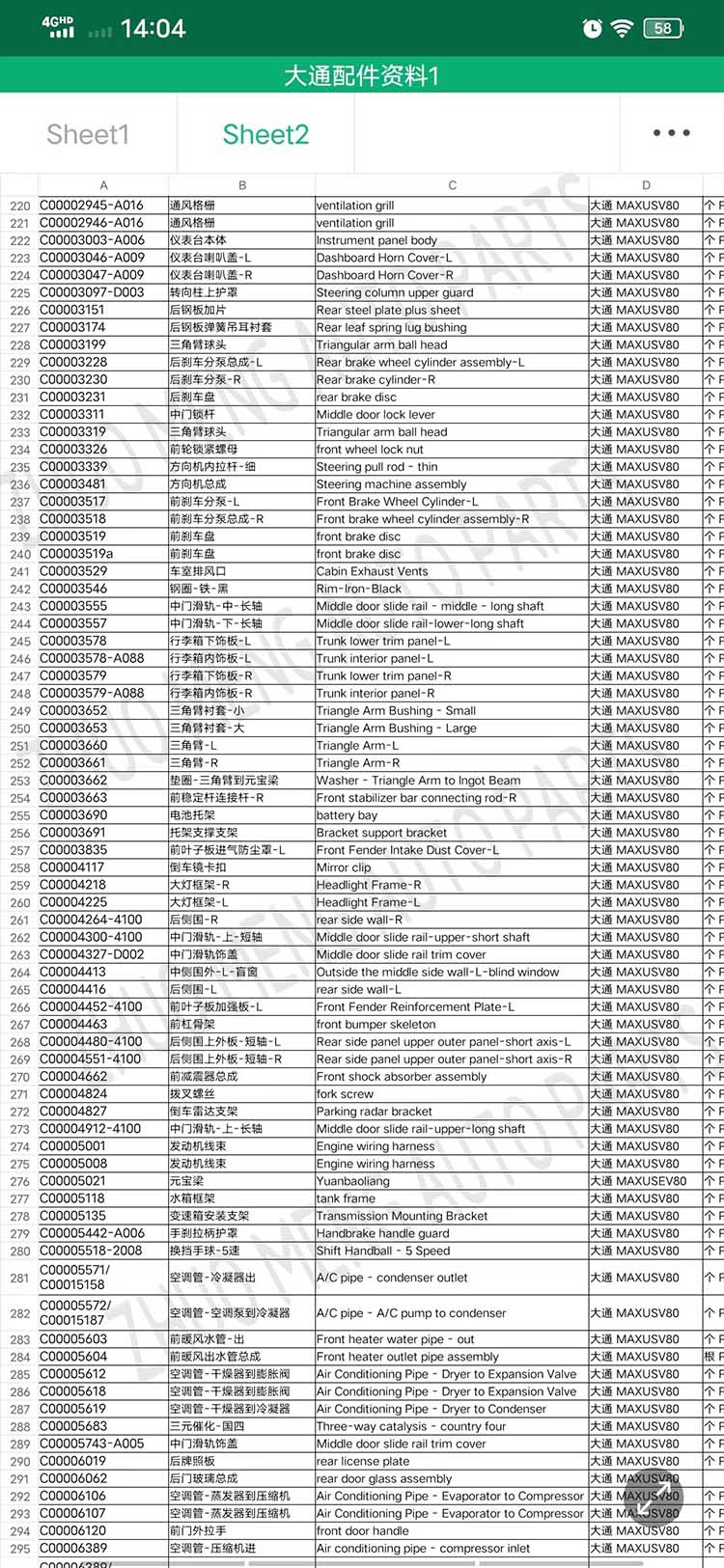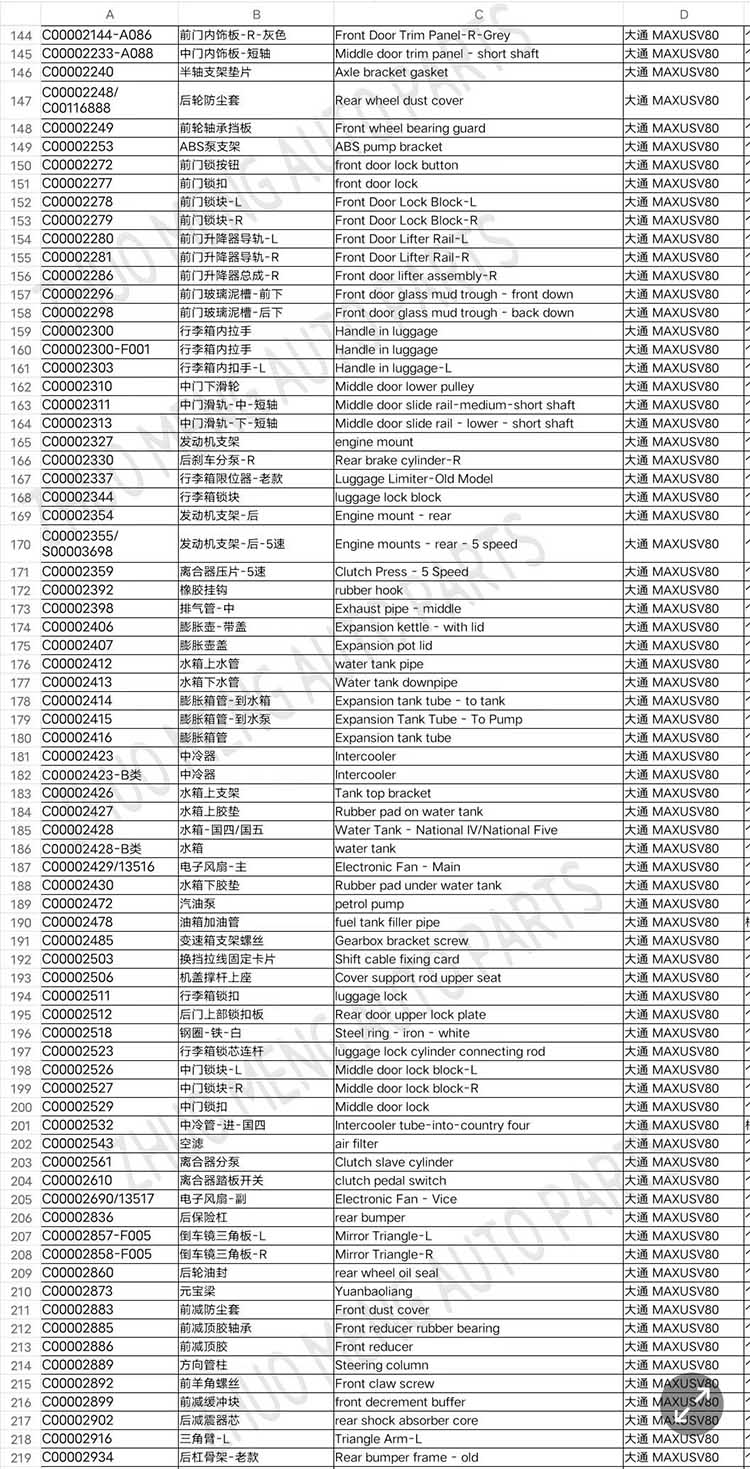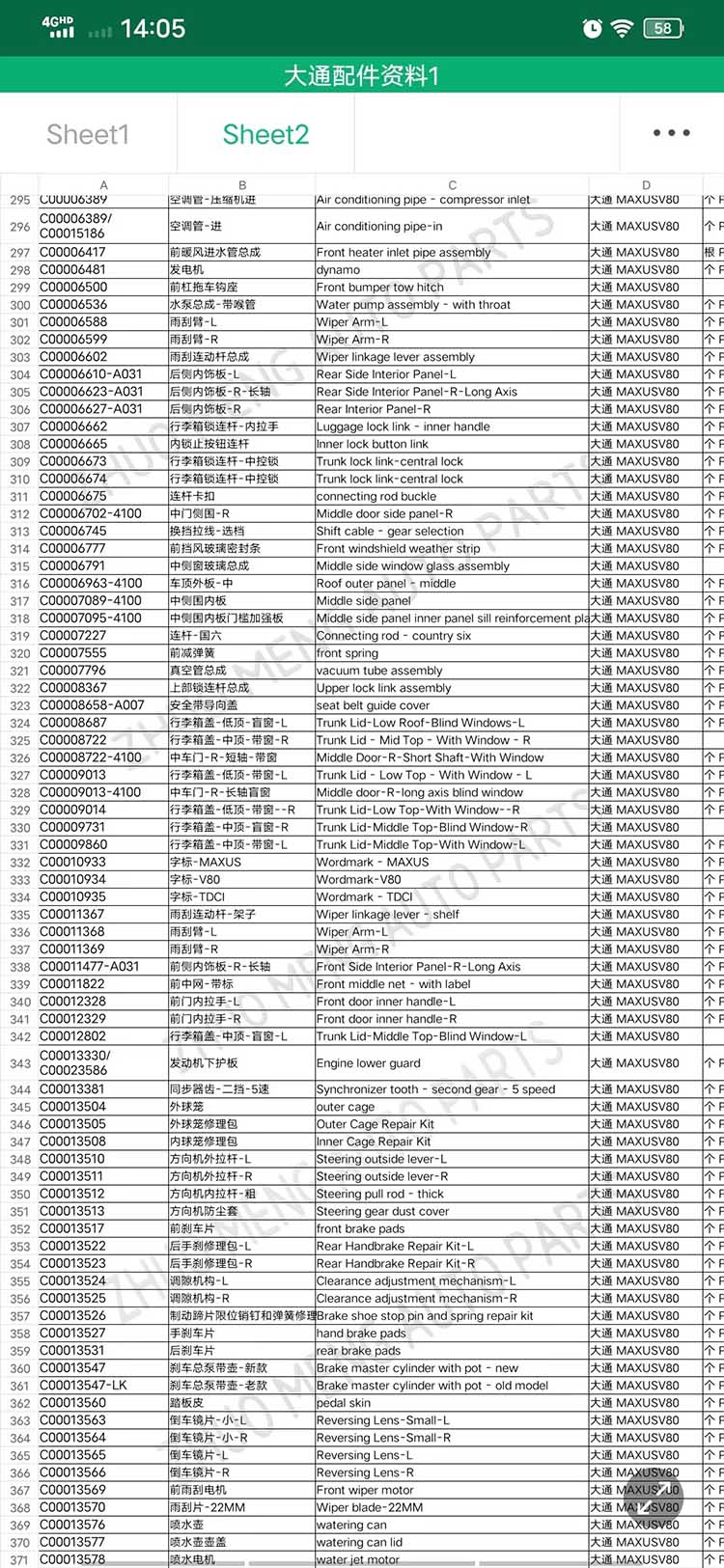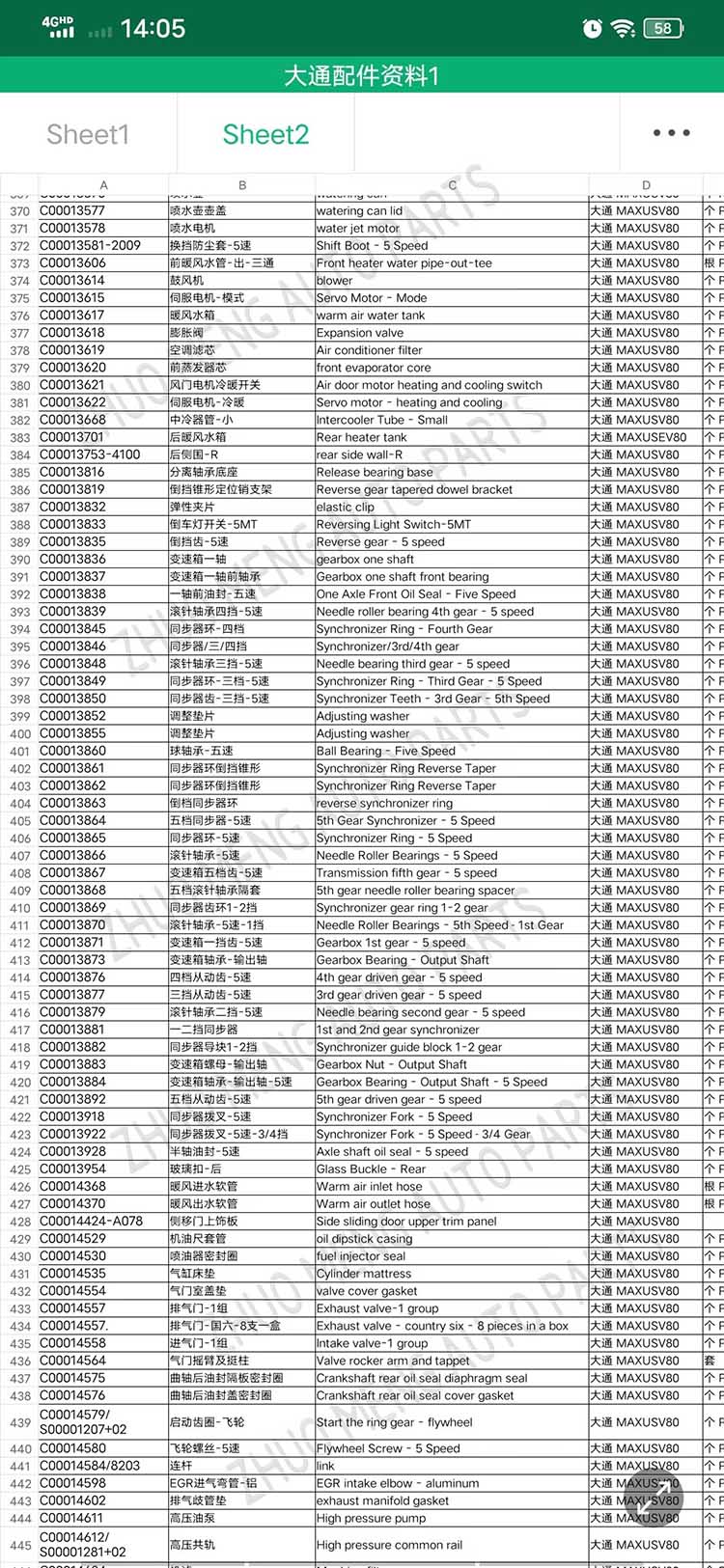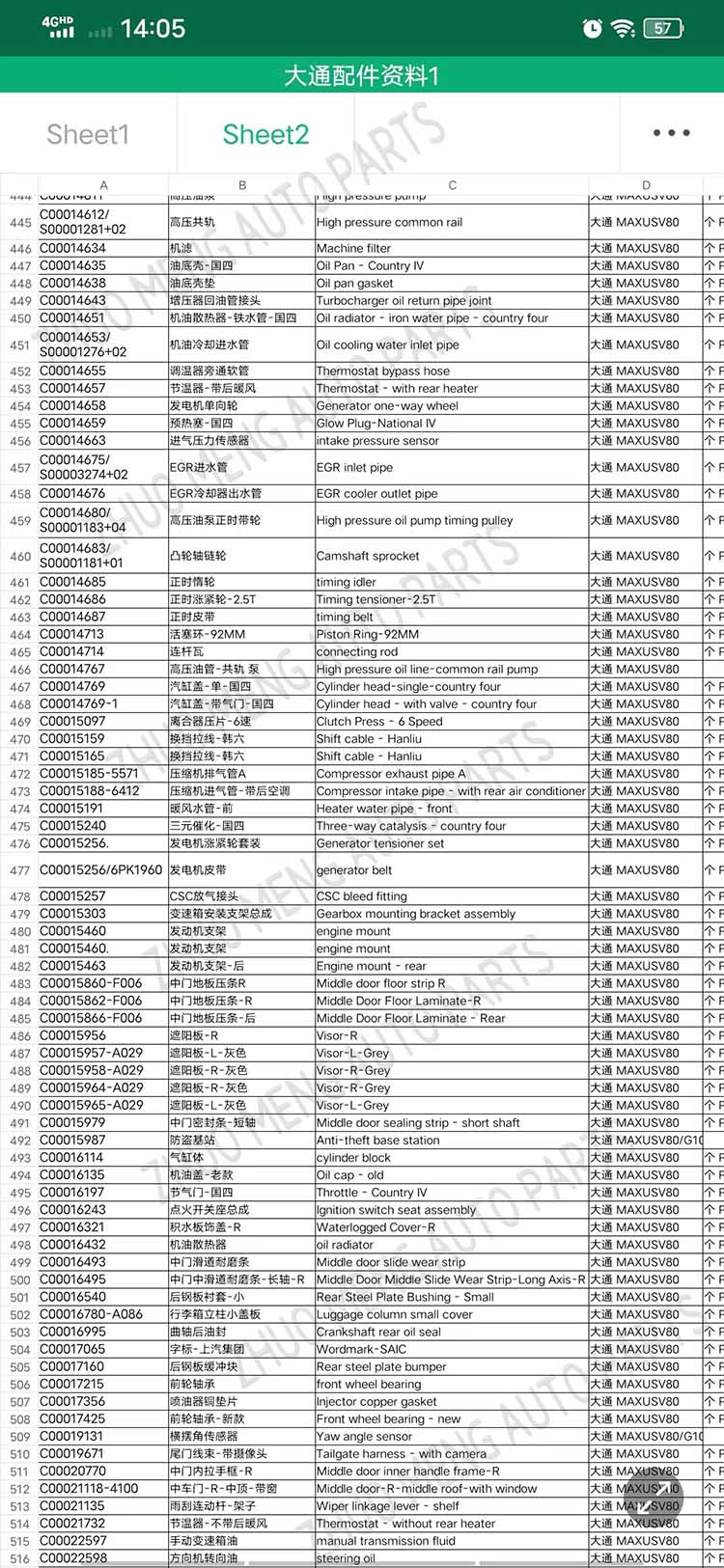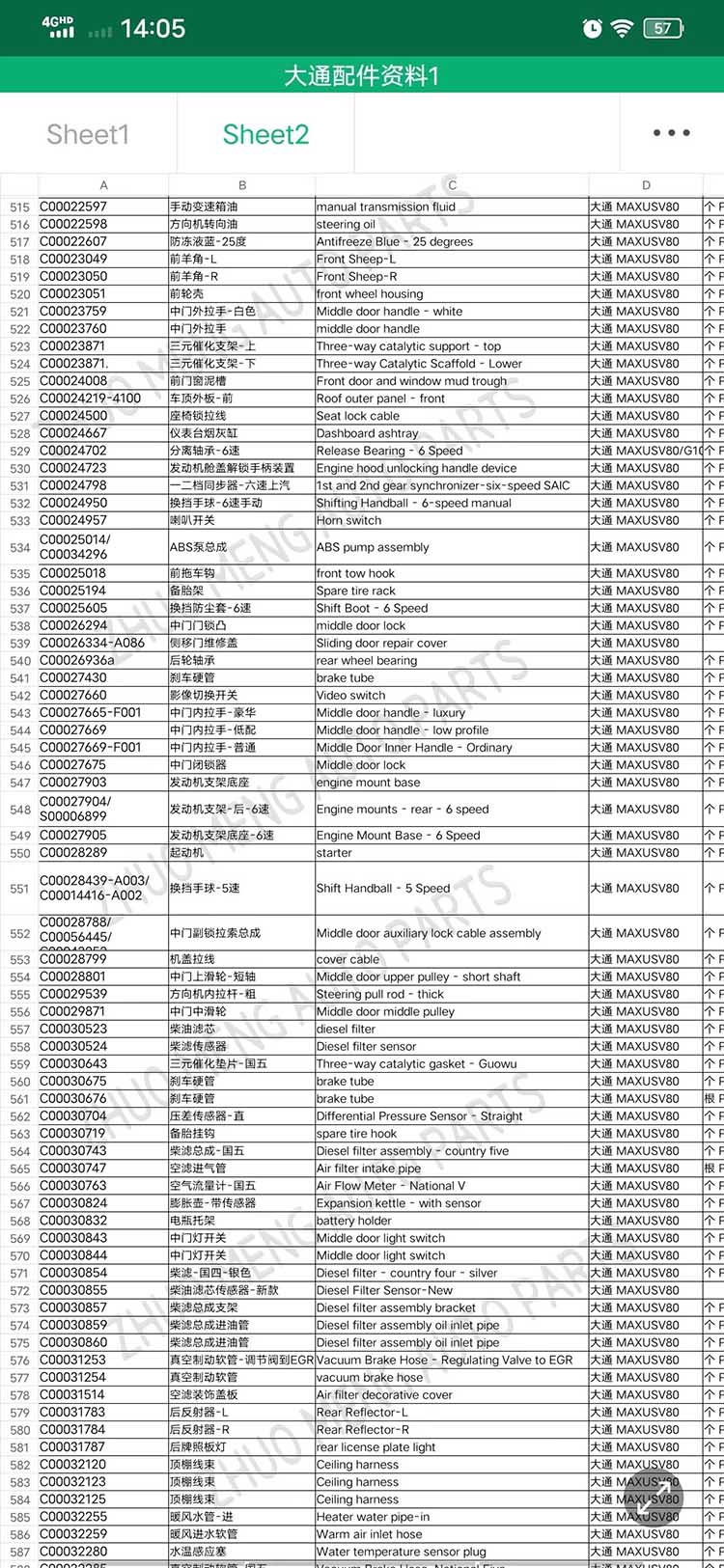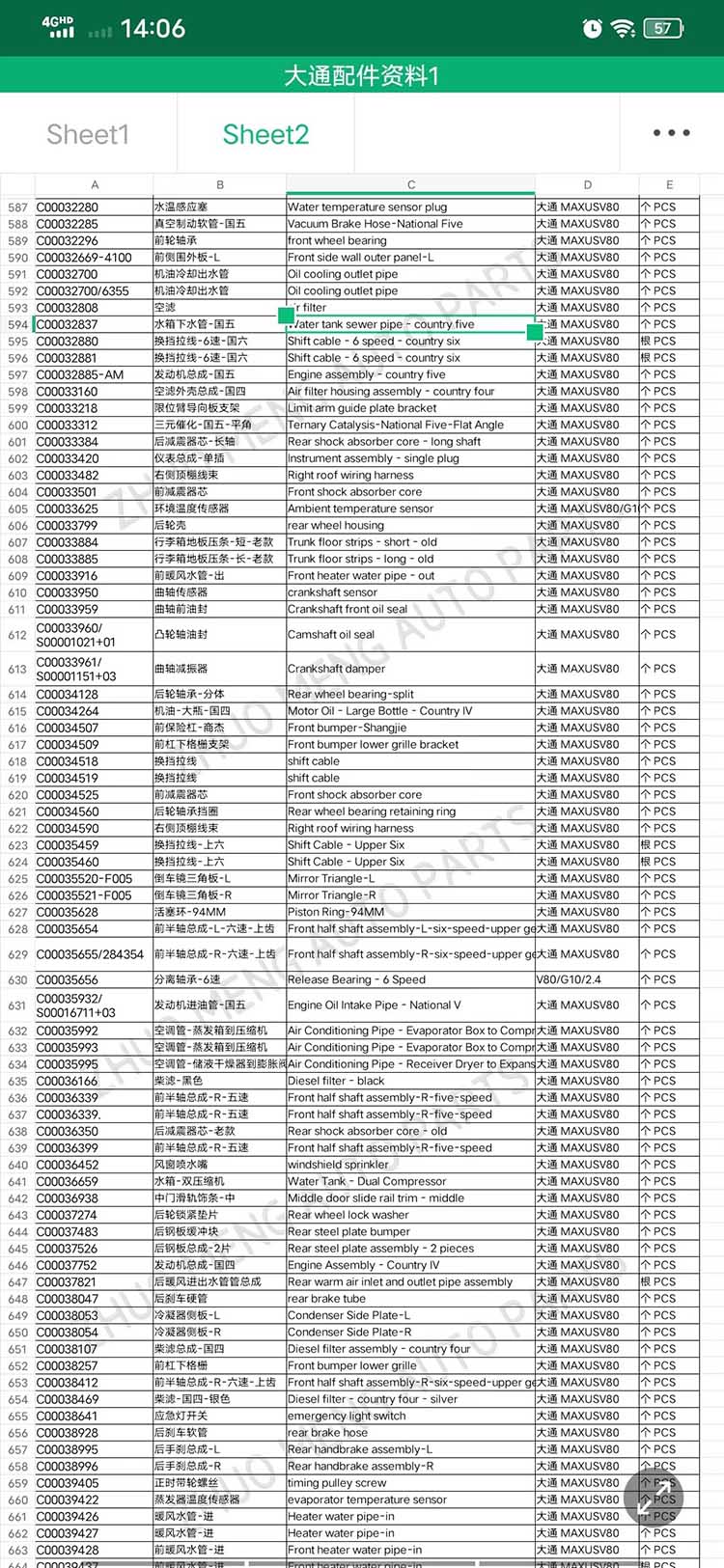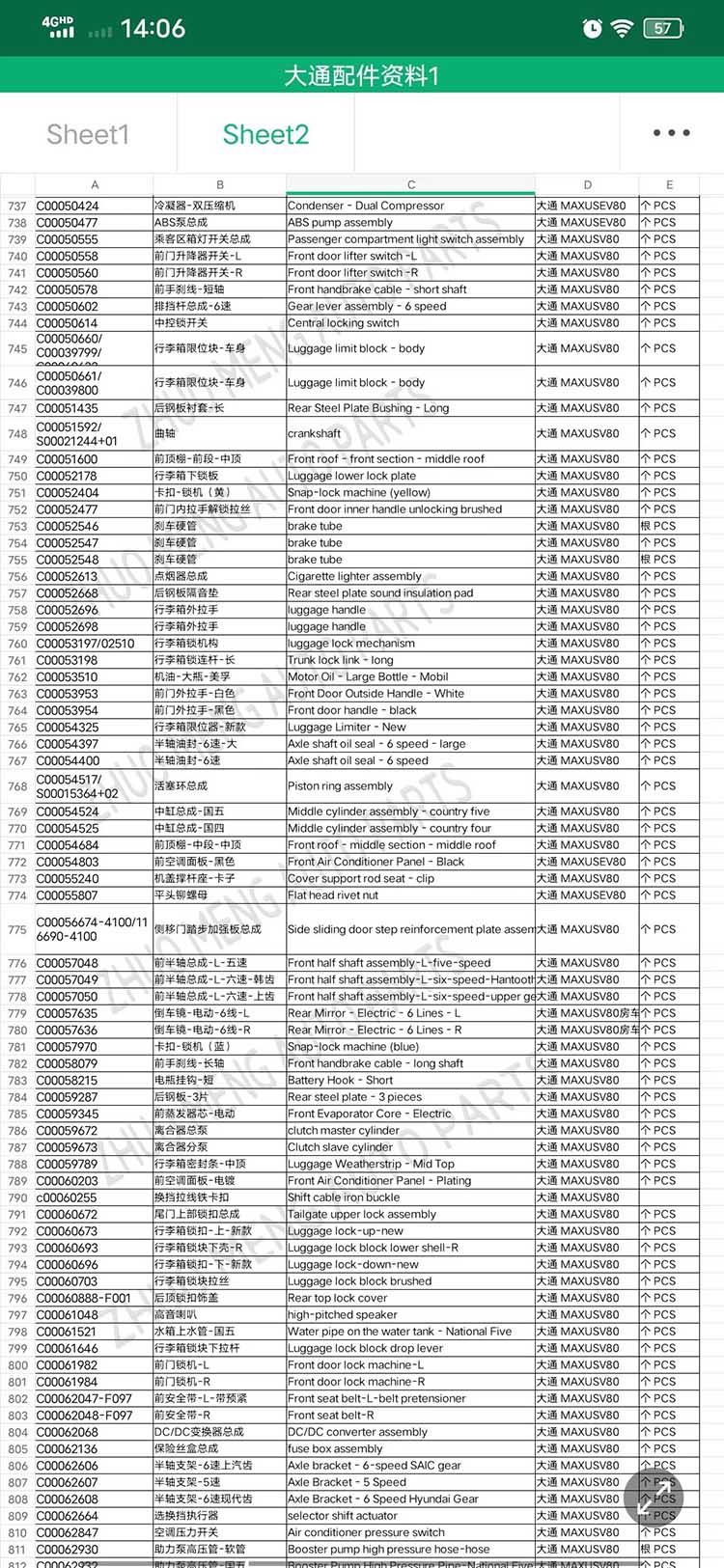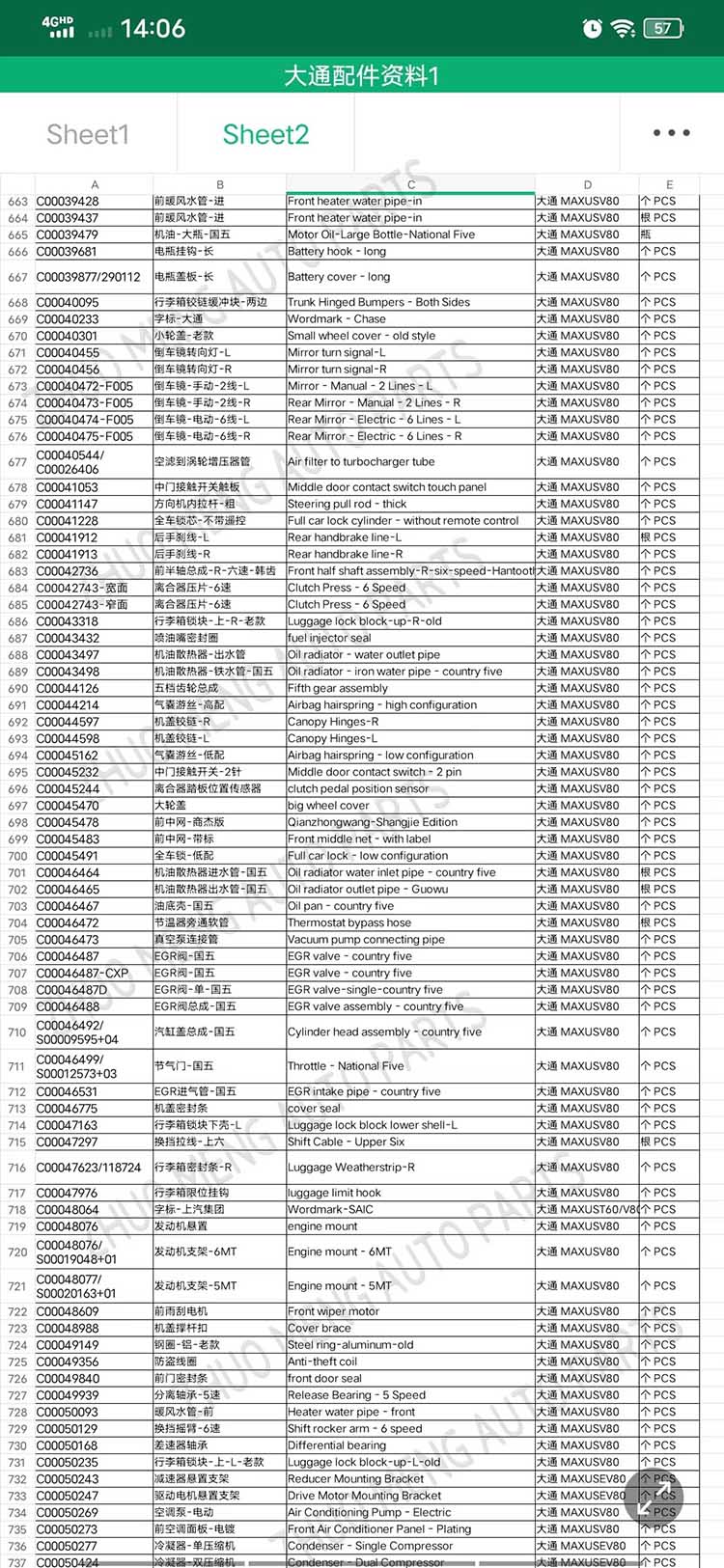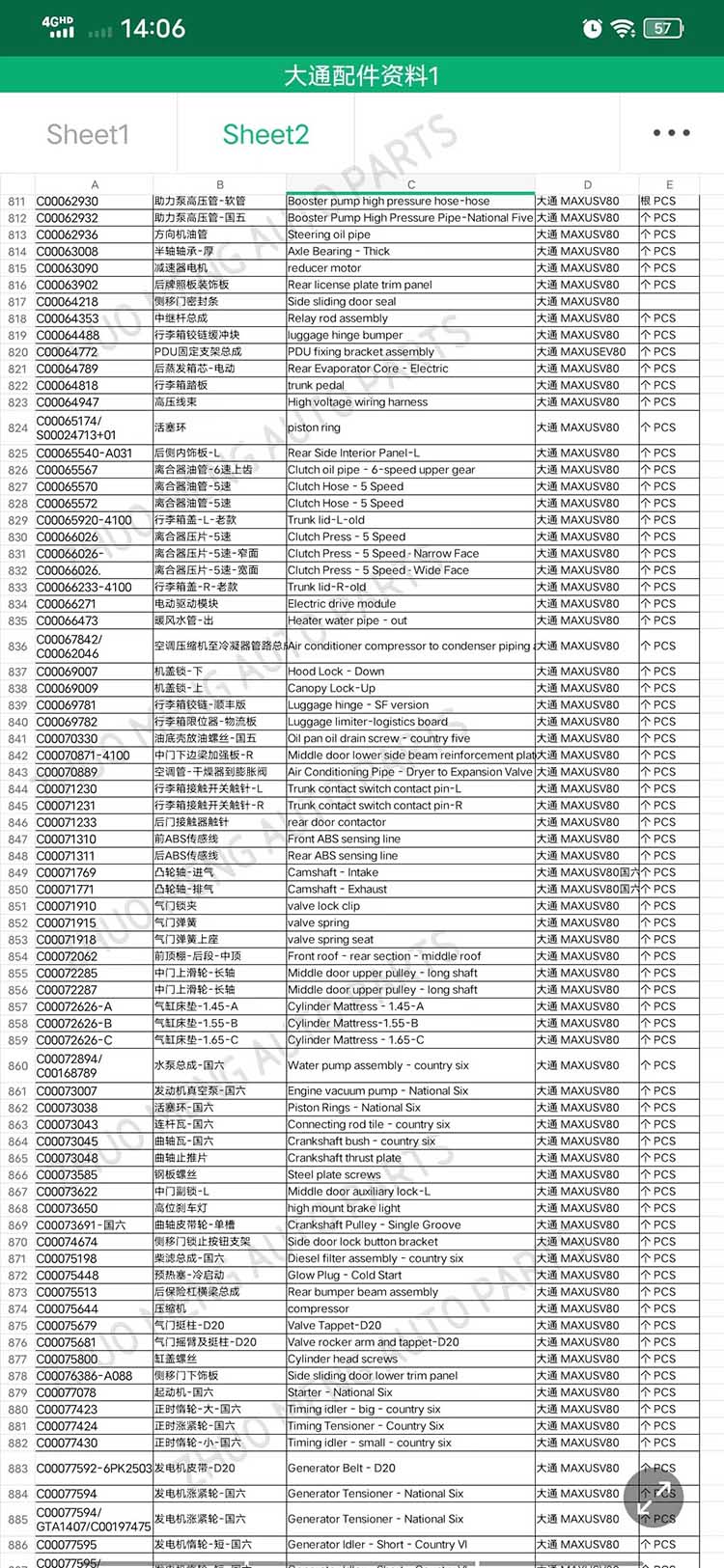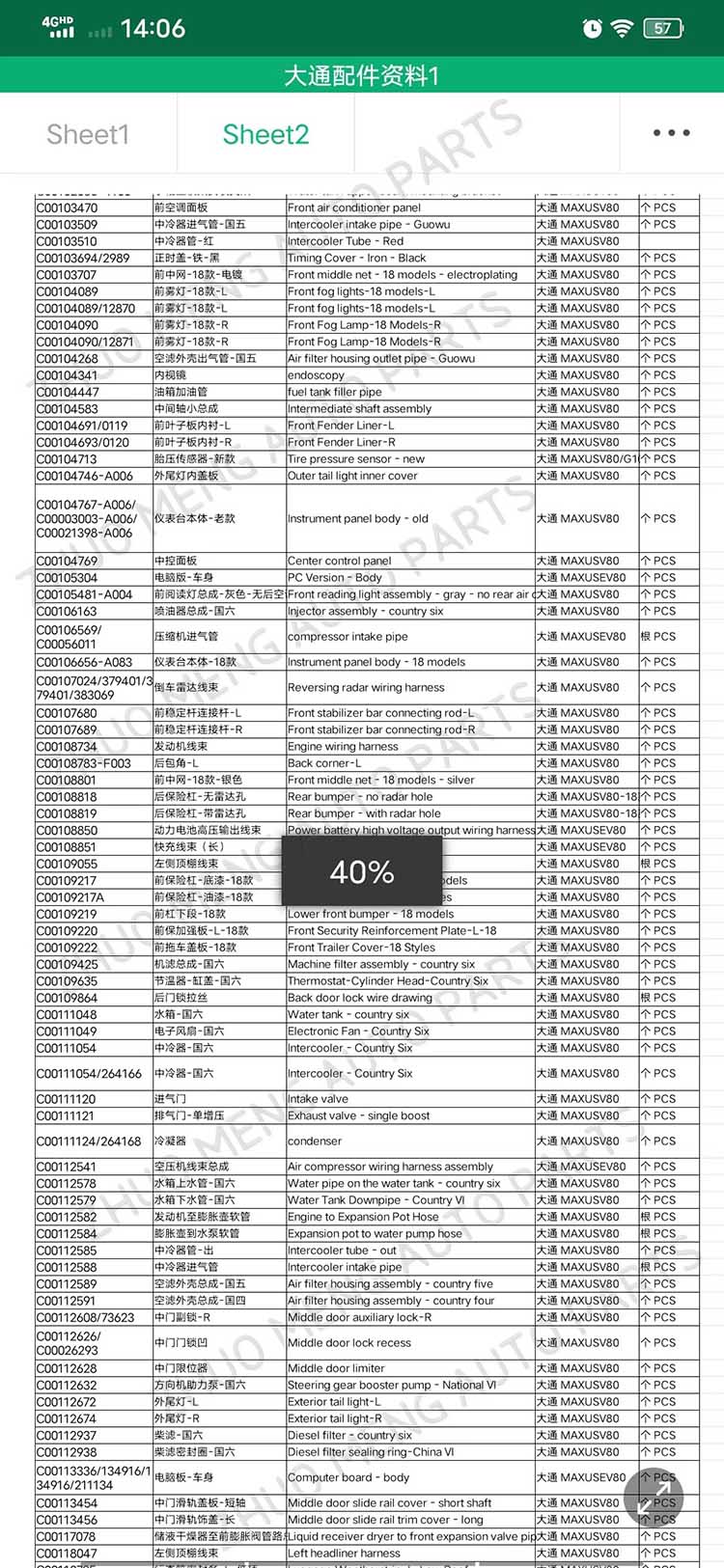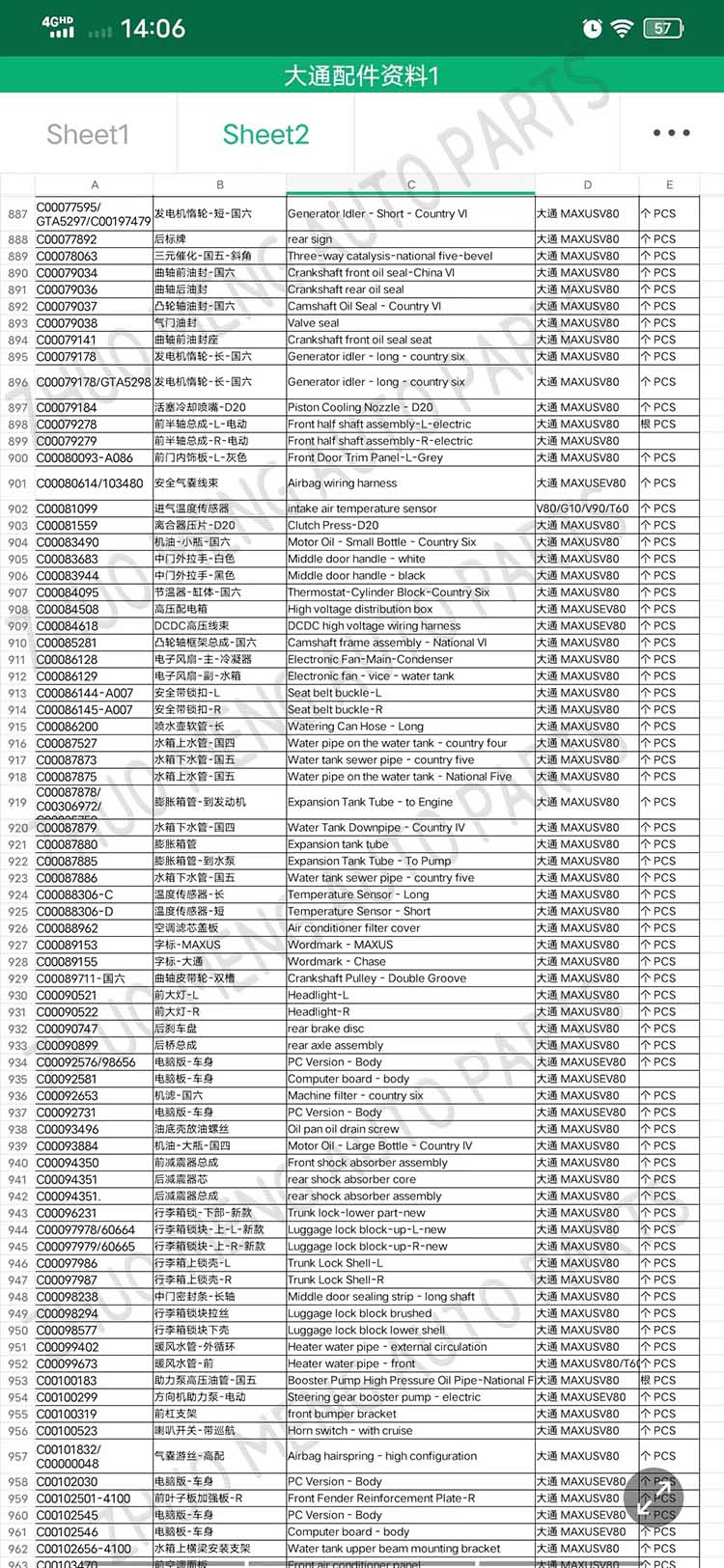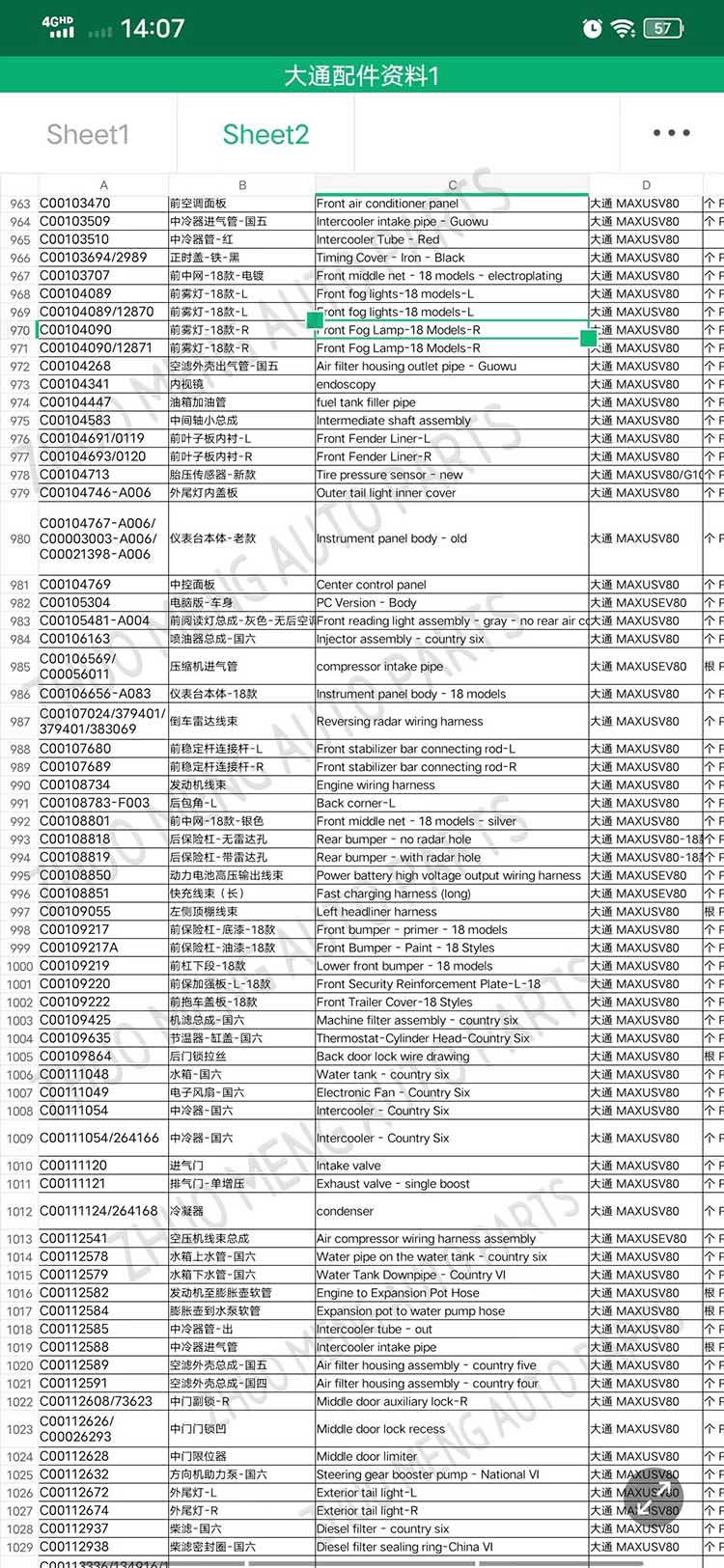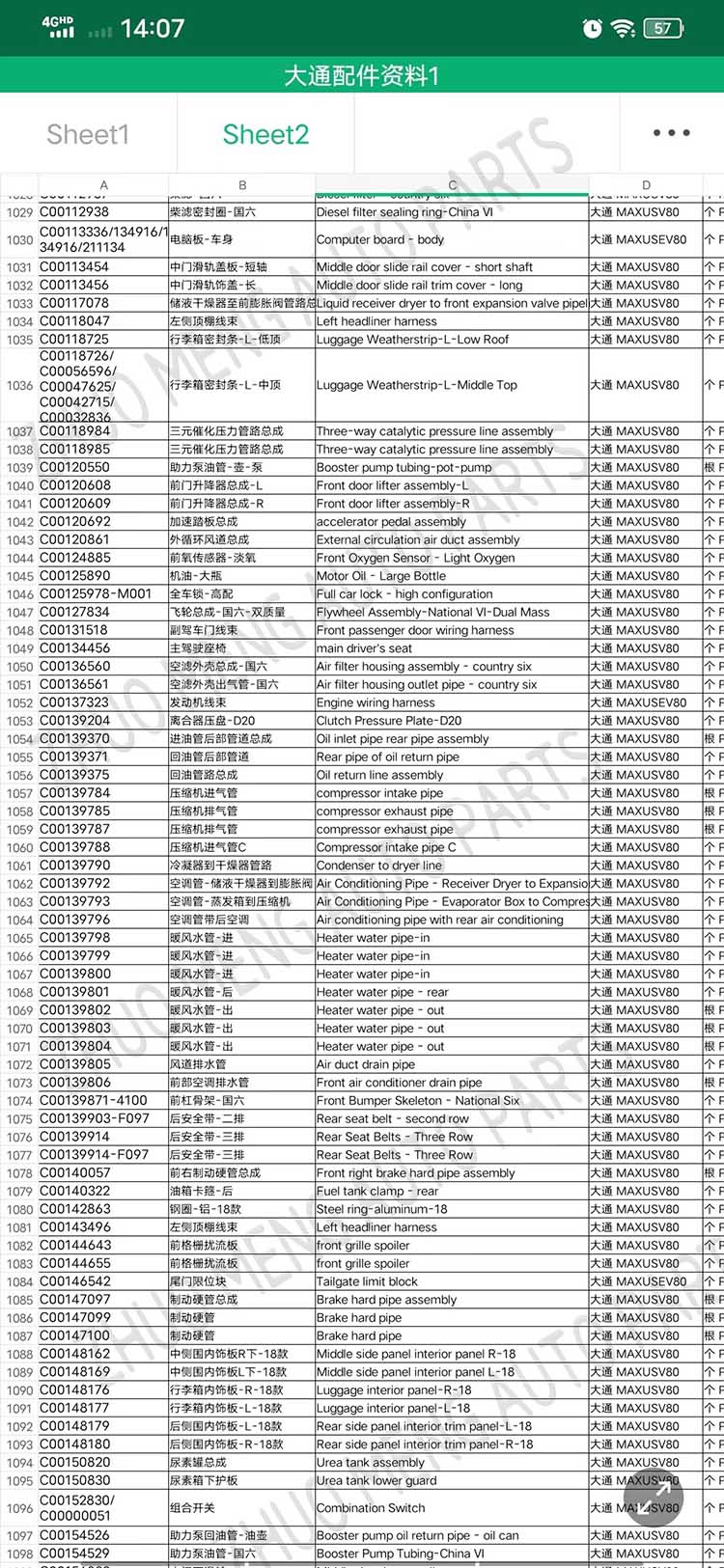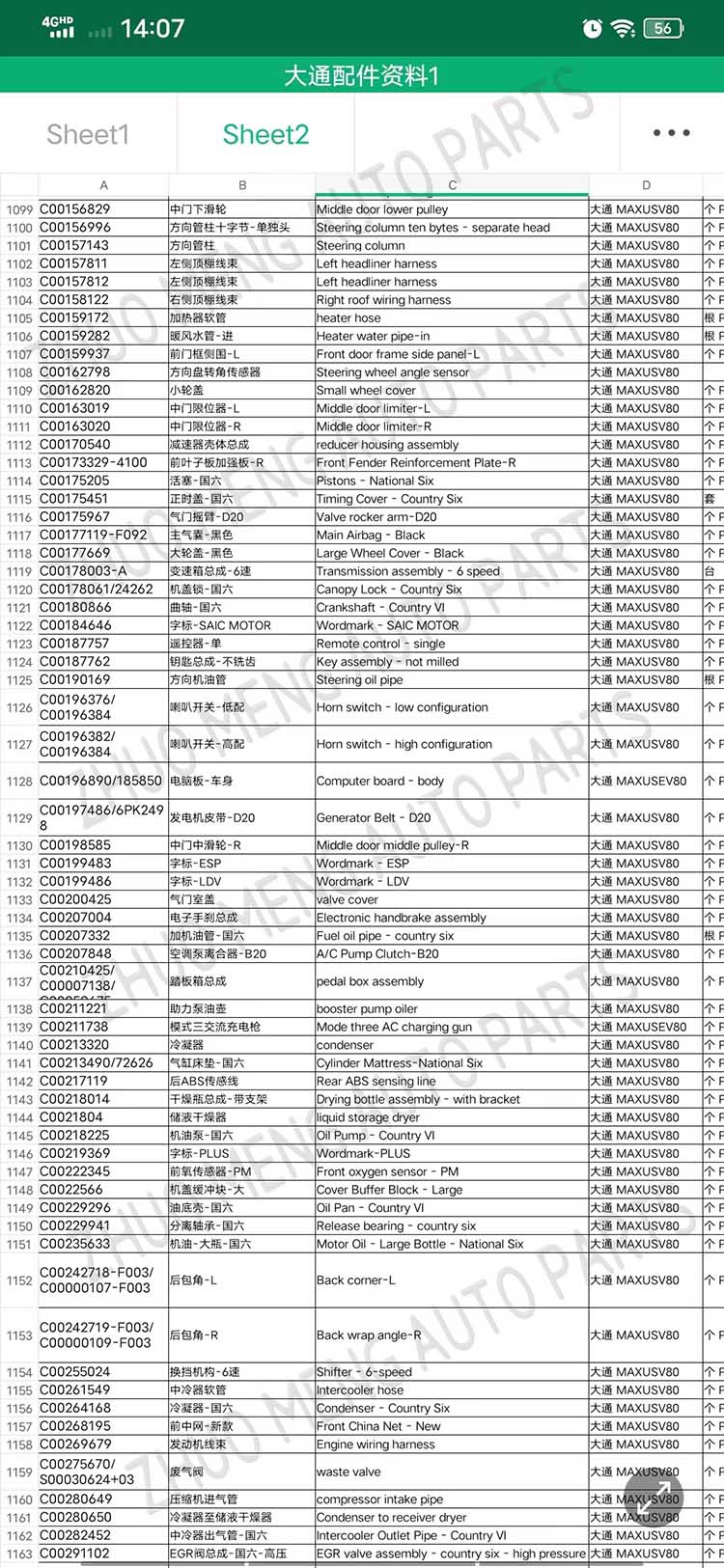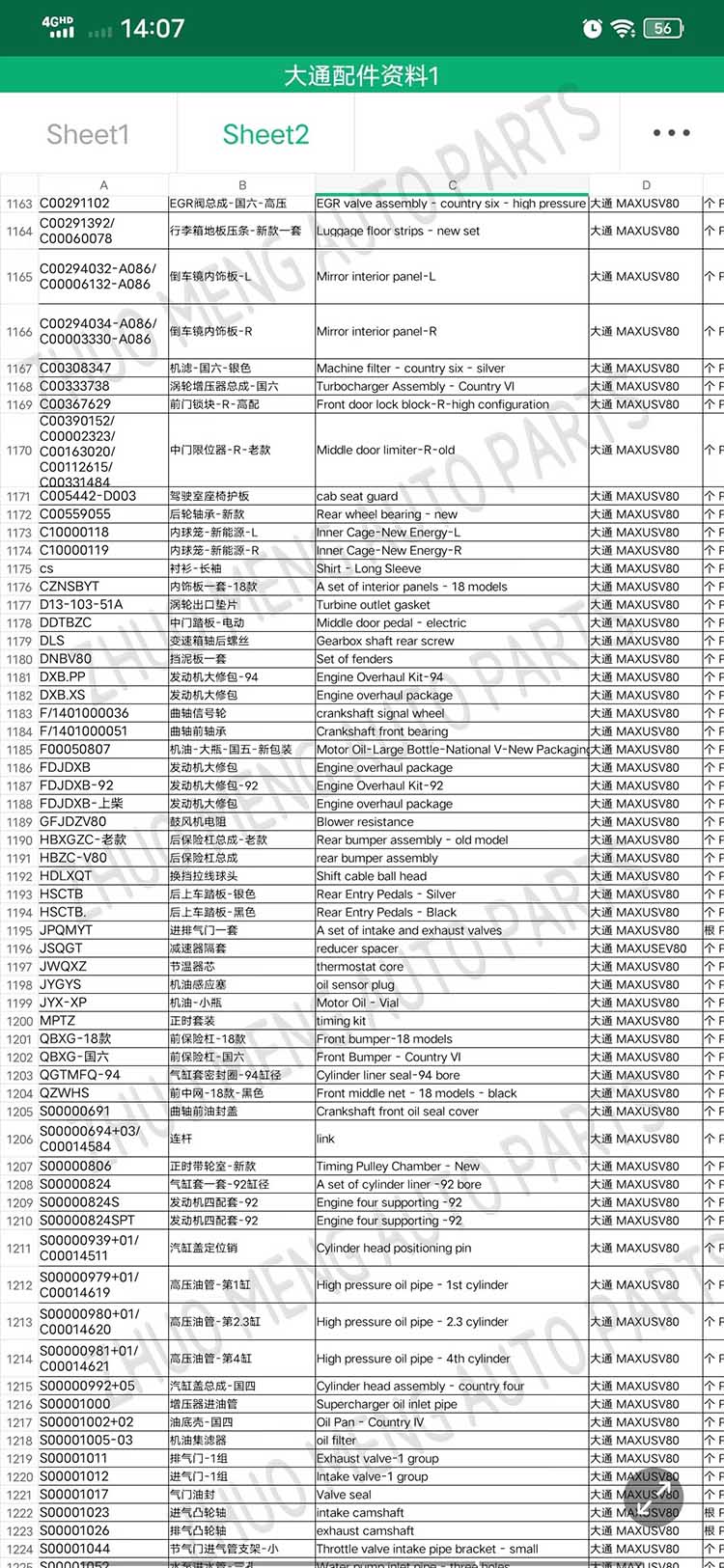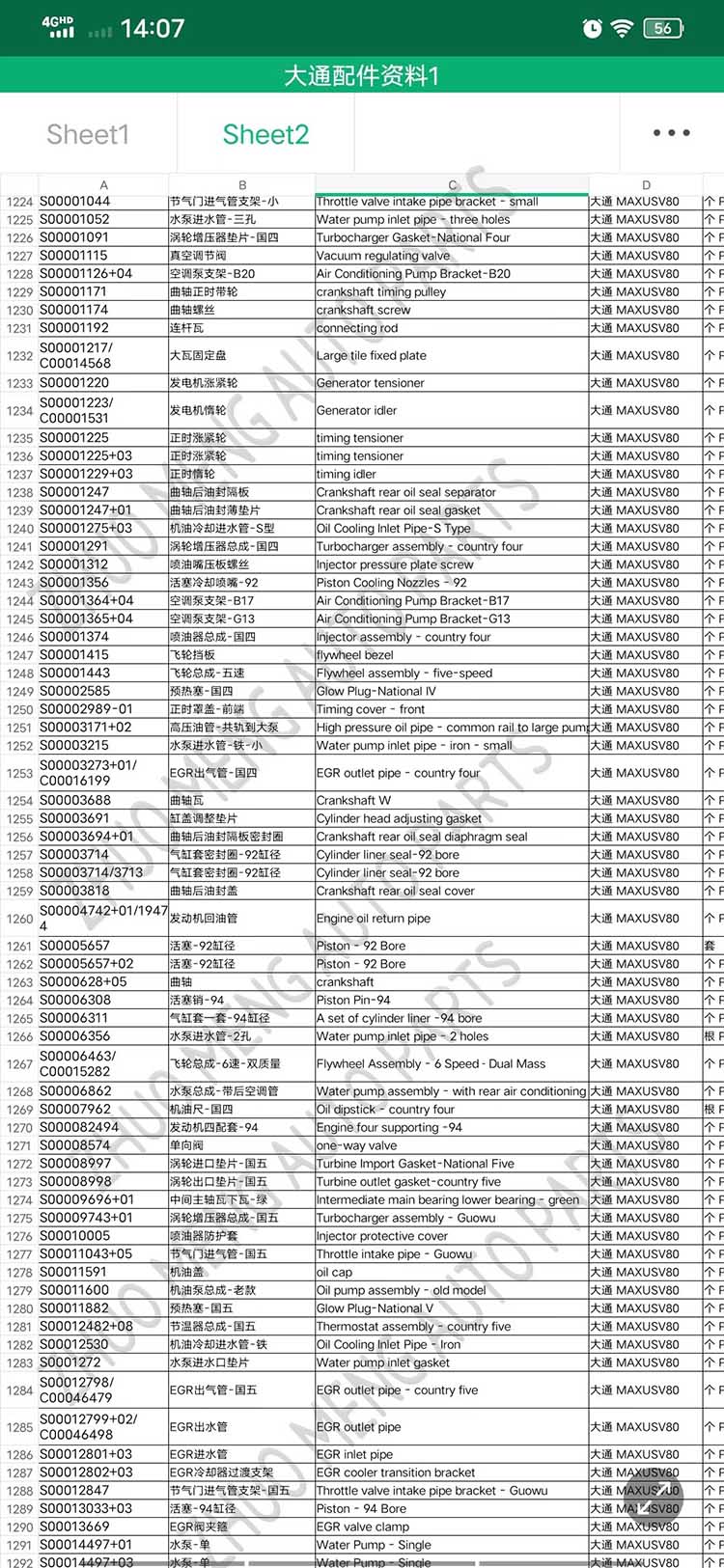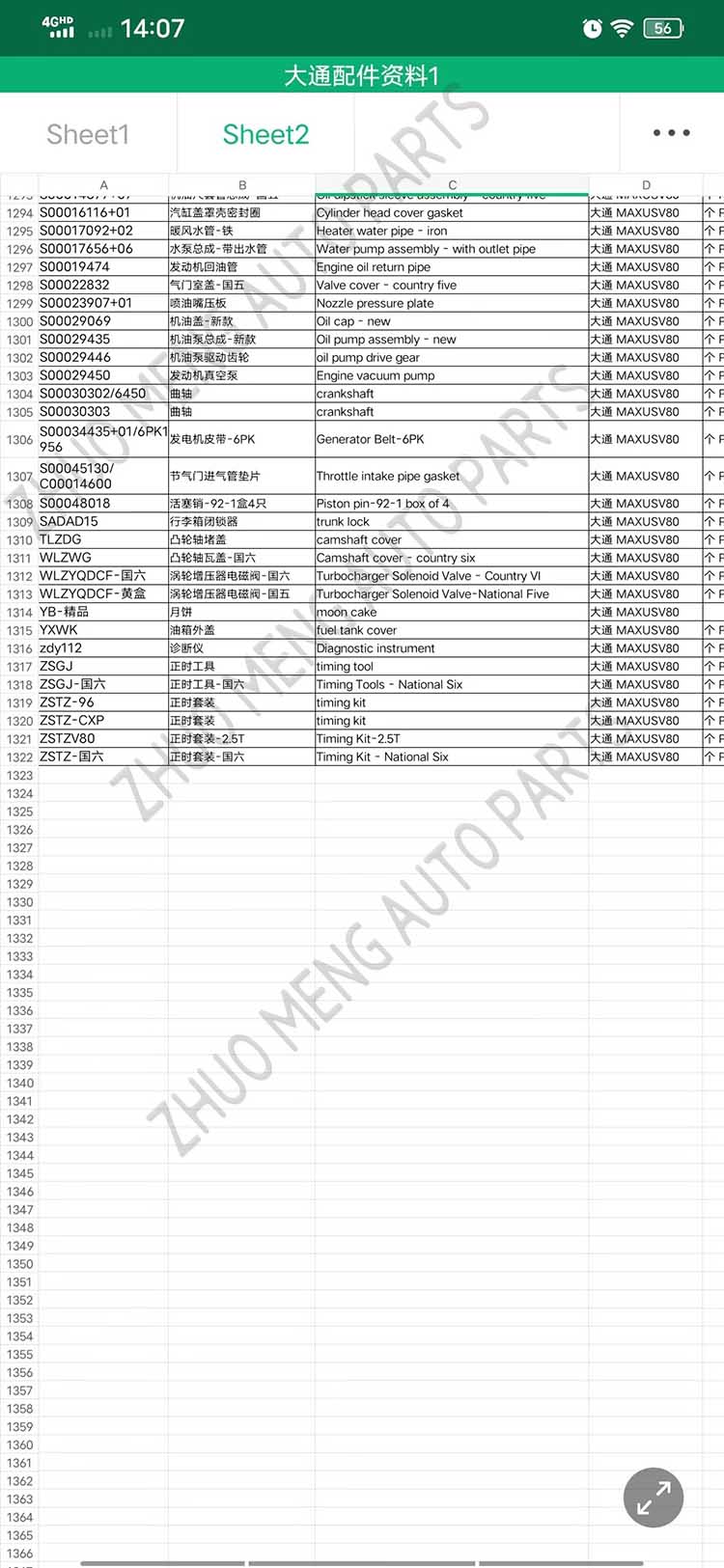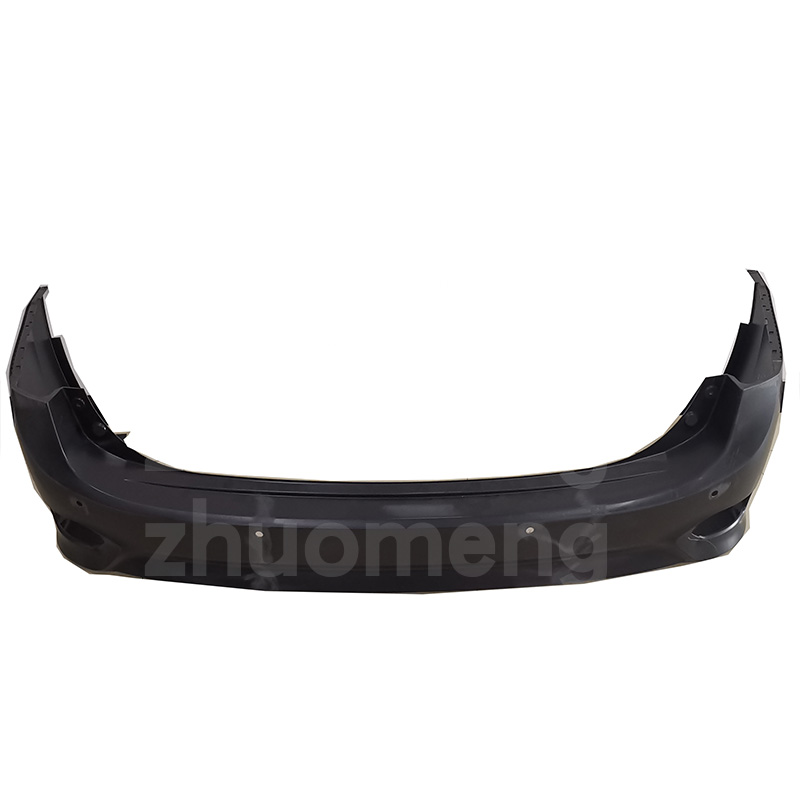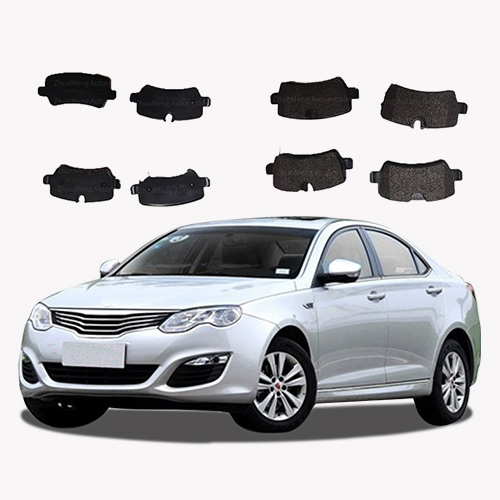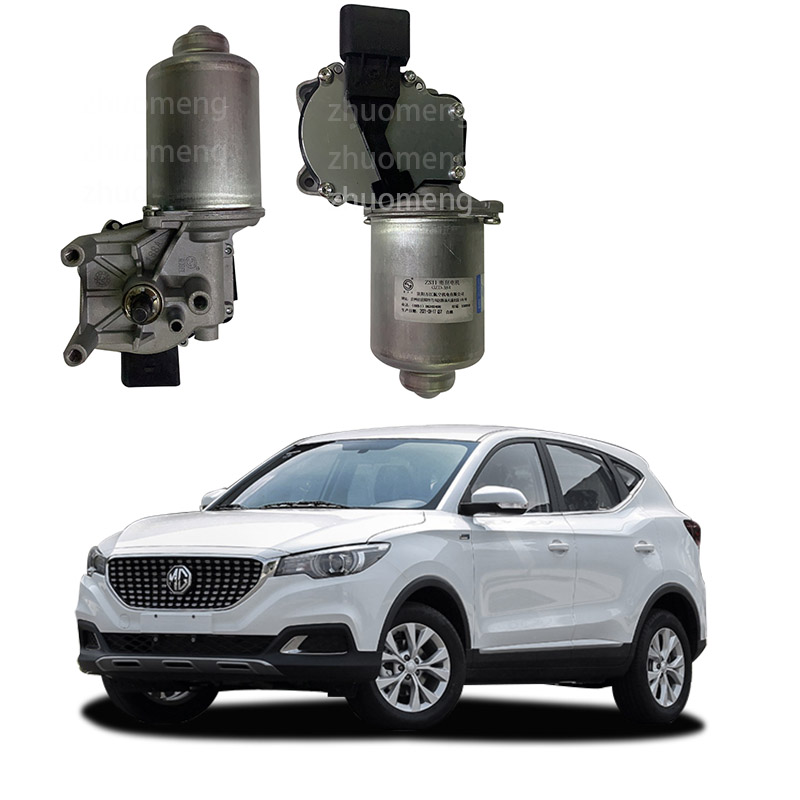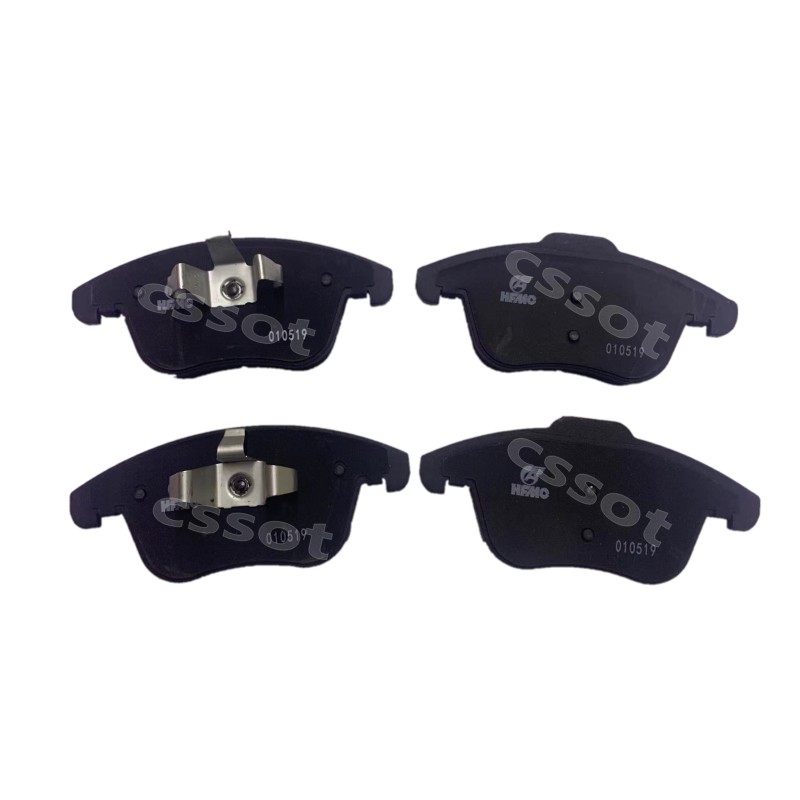Factory Cheap Hot Maxus Brake Discs - SAIC MAXUS V80 C00049939 Release Bearing five Speed maxus wholesale – Zhuomeng
Factory Cheap Hot Maxus Brake Discs - SAIC MAXUS V80 C00049939 Release Bearing five Speed maxus wholesale – Zhuomeng Detail:
Products information
| Products name | Release Bearing five Speed |
| Products application | SAIC MAXUS V80 |
| Products OEM NO | C00049939 |
| Org of place | MADE IN CHINA |
| Brand | CSSOT /RMOEM/ORG/COPY |
| Lead time | Stock,if less 20 PCS,normal one month |
| Payment | TT Deposit |
| Company Brand | CSSOT |
| Application system | Chassis system |
Products knowledge
Release Bearing five Speed
The clutch release bearing is a relatively important part of the car. If the maintenance is not good and the failure occurs, it will not only cause economic losses, but also it is very troublesome to disassemble and assemble once, and it takes a lot of man-hours. Therefore, to find out the reasons for the failure of the clutch release bearing, and to maintain and maintain it reasonably in use, is of great significance to prolong the life of the release bearing, improve labor productivity, and achieve better economic benefits. For relevant standards, please refer to “JB/T5312-2001 Automobile clutch release bearing and its unit”.
effect
The clutch release bearing is installed between the clutch and the transmission, and the release bearing seat is loosely sleeved on the tubular extension of the first shaft bearing cover of the transmission. The shoulder of the release bearing is always pressed against the release fork by the return spring, and returns to the final position , and keep a gap of about 3~4mm with the end of the separation lever (separation finger).
Since the clutch pressure plate, the release lever and the engine crankshaft run synchronously, and the release fork can only move axially along the clutch output shaft, it is obviously impossible to directly use the release fork to dial the release lever. The output shaft of the clutch moves axially, which ensures smooth clutch engagement and soft separation, reduces wear and prolongs the service life of the clutch and the entire drive train.
performance
The clutch release bearing should move flexibly without sharp noise or jamming, its axial clearance should not exceed 0.60mm, and the wear of the inner race should not exceed 0.30mm.
Fault
If the clutch release bearing fails to meet the above requirements, it is regarded as faulty. After a fault occurs, it is first necessary to determine which phenomenon belongs to the damage of the release bearing. After the engine is started, step on the clutch pedal lightly. When the free stroke is just eliminated, there will be a “rustling” or “squeaking” sound. Continue to step on the clutch pedal. If the sound disappears, it is not a problem of the release bearing. If there is still a sound, it is a release bearing. ring.
When checking, the clutch bottom cover can be removed, and then the accelerator pedal can be pressed a little to slightly increase the engine speed. If the sound increases, you can observe whether there are sparks. If there are sparks, the clutch release bearing is damaged. If the sparks appear one after another, it means that the release bearing balls are broken. If there is no spark, but there is a metal cracking sound, it indicates excessive wear.
damage
working conditions
Release bearing
During use, it is affected by axial load, impact load and radial centrifugal force during high-speed rotation. In addition, because the thrust of the fork and the reaction force of the separation lever are not on the same line, a torsional moment is also formed. The clutch release bearing has poor working conditions, intermittent high-speed rotation and high-speed friction, high temperature, poor lubrication conditions, and no cooling conditions.
Cause of damage
The damage of the clutch release bearing has a lot to do with the operation, maintenance and adjustment of the driver. The reasons for the damage are roughly as follows:
1) The working temperature is too high to cause overheating
When turning or decelerating, many drivers often step on the clutch halfway, and some still put their feet on the clutch pedal after shifting gears; some vehicles adjust the free travel too much, so that the clutch is not completely disengaged, and it is in a state of semi-engagement and semi-disengagement. A large amount of heat is transmitted to the release bearing due to dry friction. The bearing is heated to a certain temperature, and the butter is melted or diluted, which further increases the temperature of the release bearing. When the temperature reaches a certain level, it will burn out.
2) Lack of lubricating oil and wear
The clutch release bearing is lubricated with butter. There are two ways to add butter. For the 360111 release bearing, the back cover of the bearing should be opened and filled with grease during maintenance or when the transmission is removed, and then re-install the back cover For the 788611K release bearing, it can be disassembled and immersed in the molten grease, and then taken out after cooling to achieve the purpose of lubrication. In actual work, the driver tends to ignore this point, which leads to the lack of oil in the clutch release bearing. In the case of no lubrication or less lubrication, the wear amount of the release bearing is often several times to dozens of times the amount of wear after lubrication. With increased wear, the temperature will also be greatly increased, making it more susceptible to damage.
3) The free travel is too small or the load times are too many
According to the requirements, the clearance between the clutch release bearing and the release lever is generally 2.5mm, and the free stroke reflected on the clutch pedal is 30-40mm. If the free stroke is too small or there is no free stroke at all, the release lever and The release bearing is always engaged. According to the principle of fatigue failure, the longer the bearing works, the more serious the damage; And the longer the working time, the higher the temperature of the bearing, the easier it is to burn, and the service life of the release bearing is reduced.
4) In addition to the above three reasons, whether the release lever is adjusted smoothly and whether the return spring of the release bearing is in good condition also has a great influence on the damage of the release bearing.
Use caution
1) According to the operating regulations, avoid the clutch from being half-engaged and half-disengaged, and reduce the number of times the clutch is used.
2) Pay attention to maintenance, and use the cooking method to soak the butter so that it has sufficient lubricant during regular or annual inspection and maintenance.
3) Pay attention to leveling the clutch release lever to ensure that the elastic force of the return spring meets the regulations.
4) Adjust the free stroke to meet the requirements (30-40mm) to prevent the free stroke from being too large or too small.
5) Minimize the times of joining and separating, and reduce the impact load.
6) Step lightly and easily to make it engage and disengage smoothly.
OUR EXHIBITION
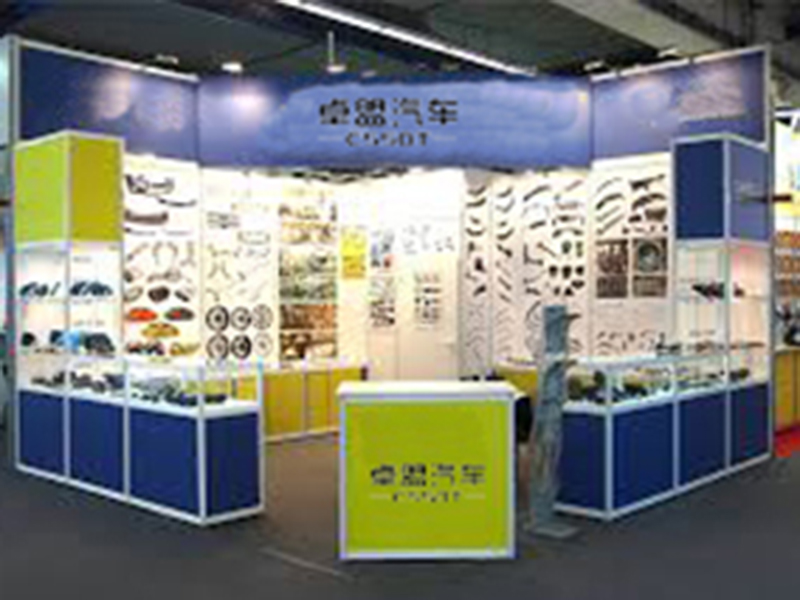
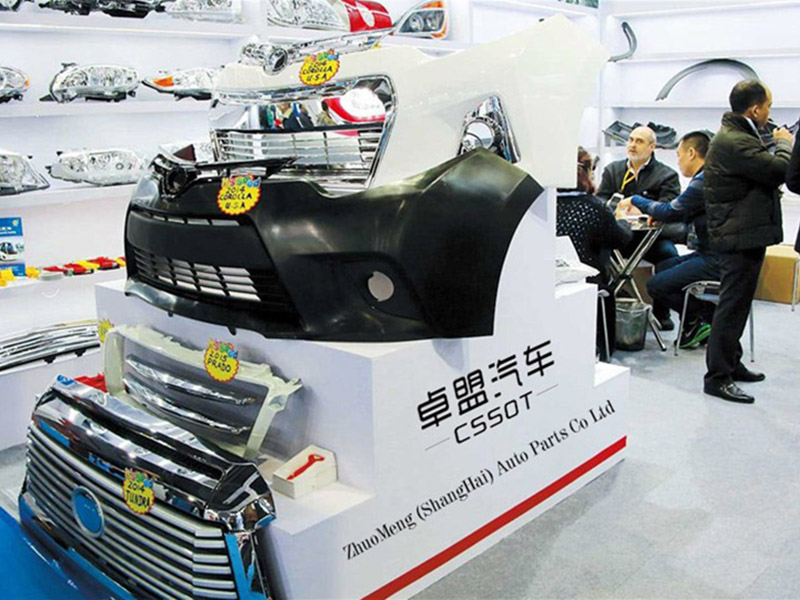
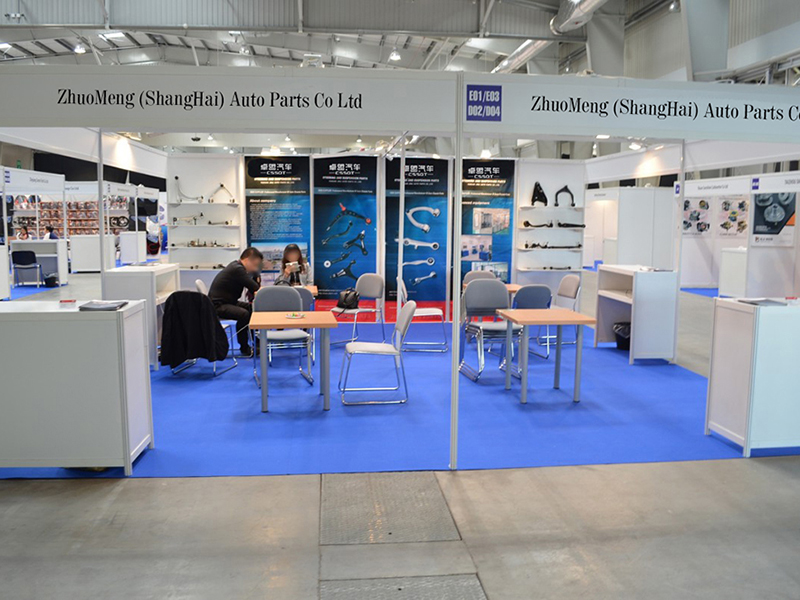

Good Feetback
Products catalog
Related products


Product detail pictures:
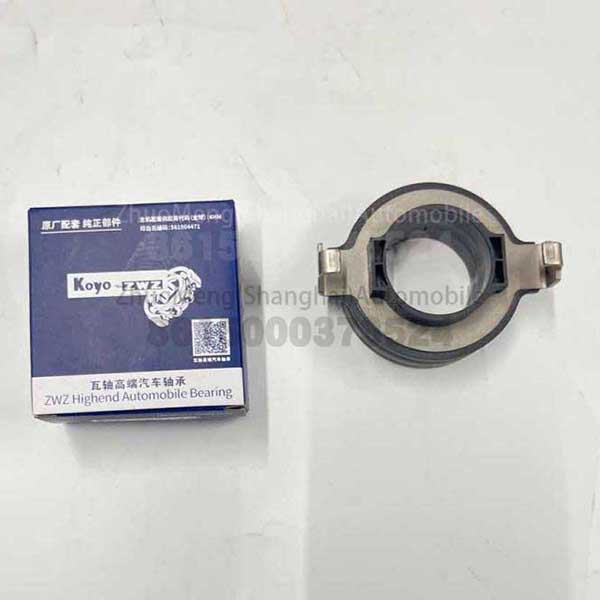
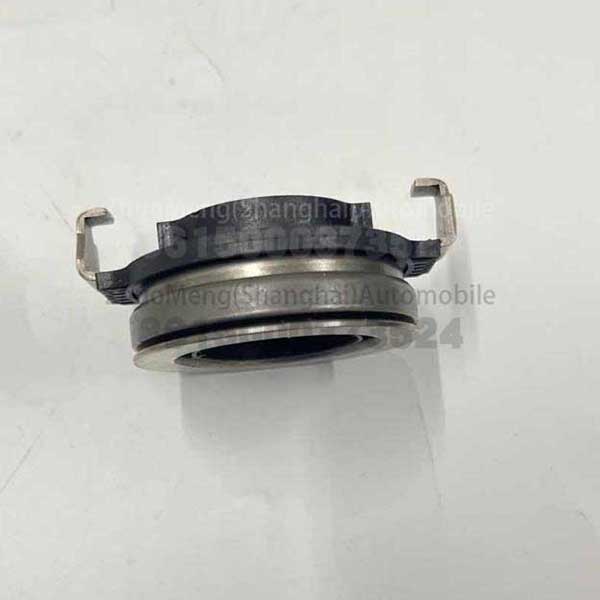

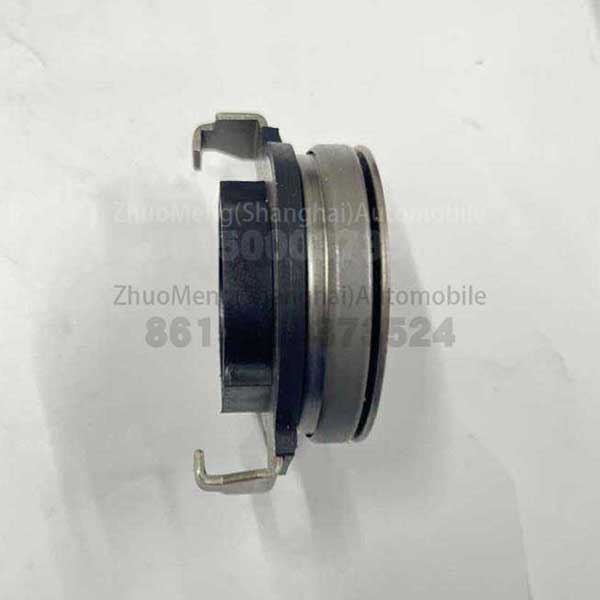
Related Product Guide:
Our eternal pursuits are the attitude of "regard the market, regard the custom, regard the science" and the theory of "quality the basic, trust the first and management the advanced" for Factory Cheap Hot Maxus Brake Discs - SAIC MAXUS V80 C00049939 Release Bearing five Speed maxus wholesale – Zhuomeng , The product will supply to all over the world, such as: Spain, Rome, Georgia, All these products are manufactured in our factory located in China. So we can guarantee our quality seriously and availably. Within these four years we sell not only our products but also our service to clients throughout the world.
Goods just received, we are very satisfied, a very good supplier, hope to make persistent efforts to do better.







